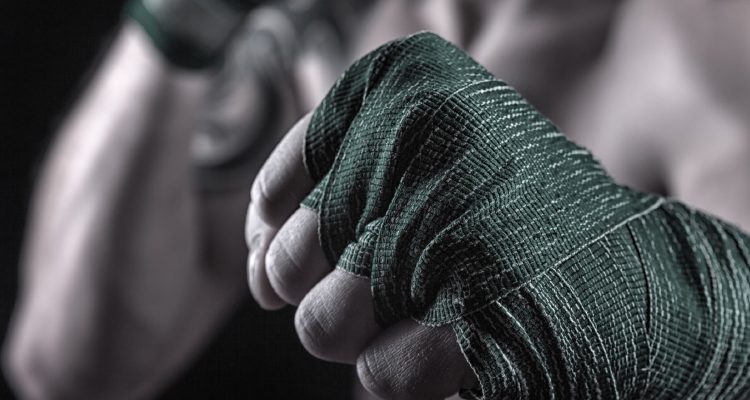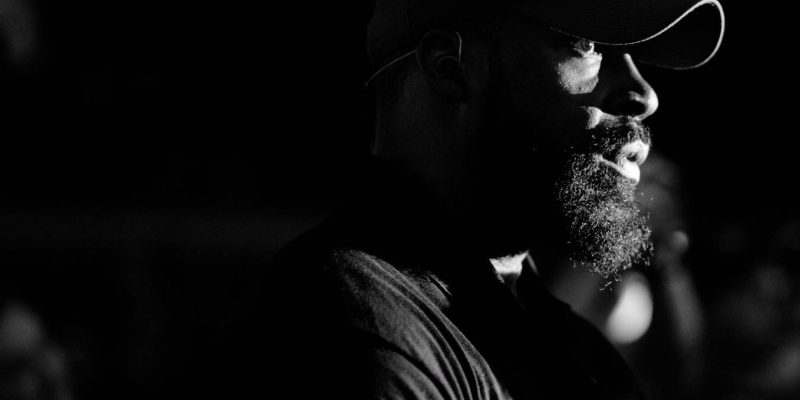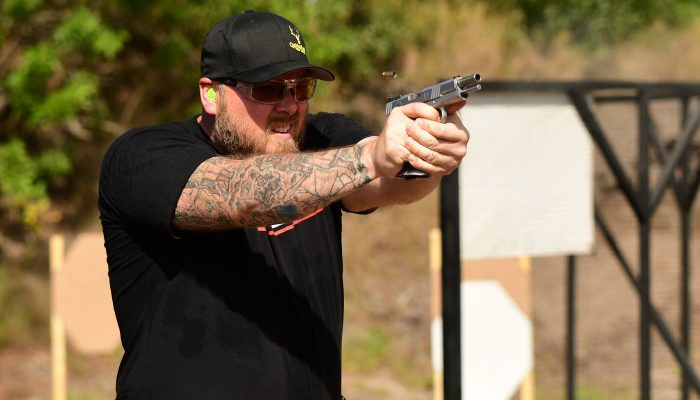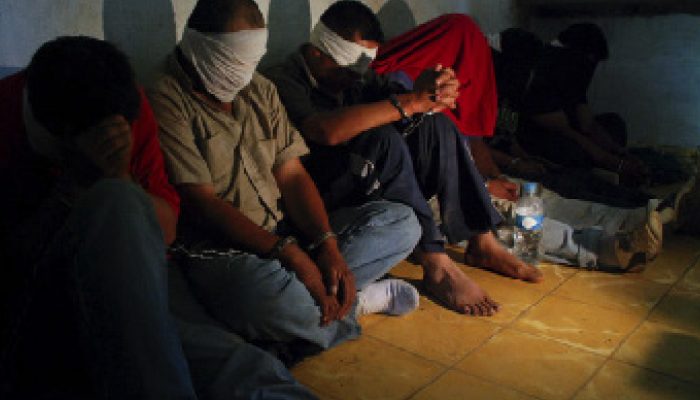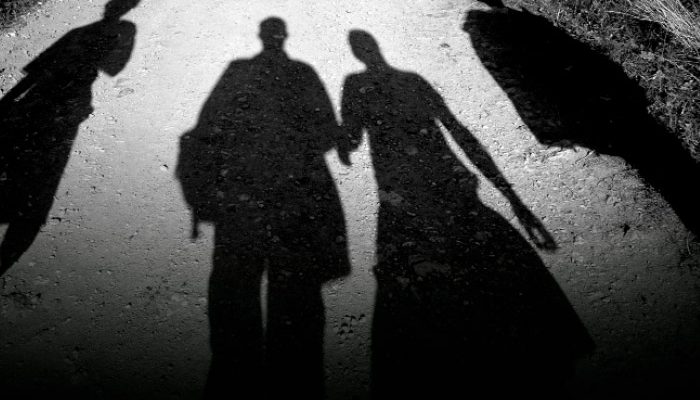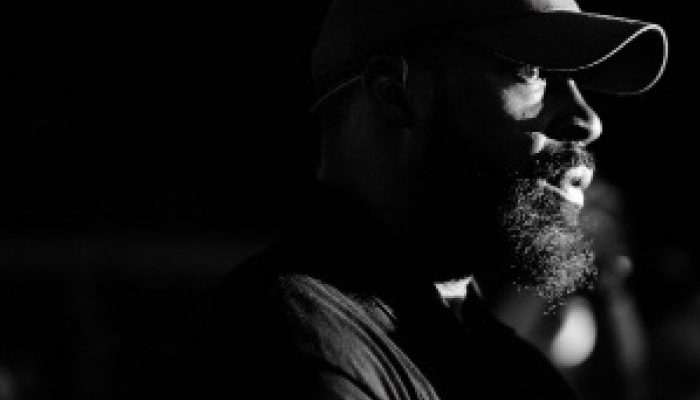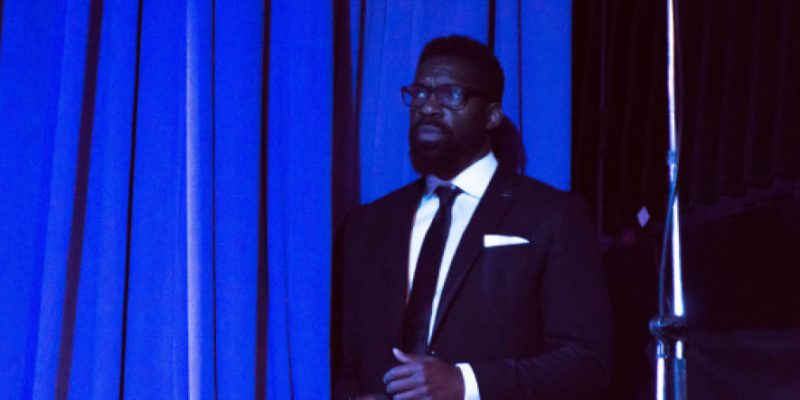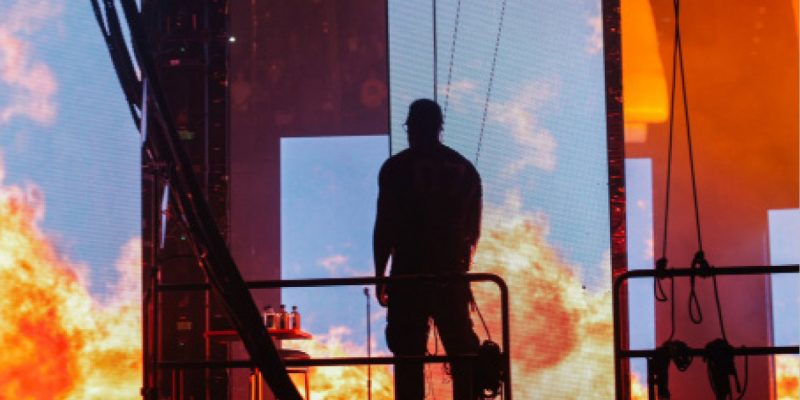As protectors, the Executive Protection (EP) community is comprised of “Alpha-type” personalities who are well skilled and tend to focus on the “direct action” skillsets of the EP mission, the so-called “hard skills”. But EP is more. It is full-time customer service also. EP agents serve their clients and their family members in a variety of ways, many of which were probably not envisioned while on the shooting range. Driving course or dojo.
When Push Comes to Shove – Combat Principles for Executive Protection
Although prevention is the primary goal, there are times where proactive, effective physical intervention may be required. This is not to be confused with arrest and control techniques used in other related security fields. Those techniques have merit, but the goal of this article is to highlight combat principles agents can apply when cover and evacuation is not an option, and the threat is imminent.
Keeping Your Edge: The Right Tool For the Job
Spend any length of time conducing protection work in the entertainment industry, and you’ll find that things work in cycles.
There are recording cycles, tour cycles, award show cycles and even sporting event cycles. A big portion of these trend annually, and are grouped with similar events, creating momentum, but being careful to avoid overshadowing or encroaching on another event’s moment.
Keeping Your Edge: Support Those You Meet Along The Way
Over the decades I have seen many artists, label executives, managers and agents rise from relative obscurity, to monumental heights. For example, it was an amazing thing to have your Protectee ask you to pick up a 9 year old who’d won some local acclaim because of his singing ability, and take him to a meeting, then subsequently watch his meteoritic rise to arguably the top 1% in pop music, past & present.
Technology as a Standalone Security Solution – Are We Fooling Ourselves?
Is technology effective as a security solution or is it simply being misused? In this article, Ivor Terret shares his philosophy of the four pillars of effective and practical security and how they can only work together in conjunction – not as silos.
Ammunition – Why the JHP? Part 2
Bullets are bullets and ammunition is just ammunition, right? The reality is, that statement couldn’t be further from the truth. As outlined in my last article, bullets (or projectiles) come in many different forms and these forms have their intended purpose. In this installment, I want to dive deeper into the application of the Jacketed Hollow Point (JHP). The reason this projectile is going to get its own article is due to the importance of it and how it applies to self-defense and in the industry of close protection.
Kidnap & Ransom – Part 1
If you are a security professional with significant high-threat worldwide protective services experience, you know that depending on the client, it may not be a matter of if your client or a family member is kidnapped, but when. You also understand that it is likely that you may not even be directly providing protection for the client at the time it happens and unable to prevent it, especially when they are alone and most vulnerable.
Protecting Private Families – A Unique Dynamic
What happens when there is more than one primary client? What happens when the “primary” becomes two, three, four, or more? What happens when your client instructs you that their two-year-old, is the primary “client” on a particular day or outing?
Keeping Your Edge – Protectors & The Recording Process
An excerpt from the best-selling book, An Introduction to Celebrity Protection & Touring by Elijah Shaw & Dale June. To get the full book, order at Amazon, Barnes & Nobles or Ebooks.com. Limited Signed Editions available at www.ArmsLengthAway.com
Almost without question, if you are a musician, the recording process is the part you love. This is where they get to be creative; it’s where they take an abstract concept and make it a sonic work of art, one that hopefully will generate revenue. While it can be hard work for the artists, for most it’s a labor of love. They have the ability to get paid and earn a living for doing what they enjoy most.
Keeping Your Edge – Measured Responses in Tour Security – Part 3
In the previous instalments of this ongoing series, we discussed the challenges faced by Protectors who work with entertainers that spend at least some portions of their career involved in stage performances.
US Presidential Security Support
One memorable occasion was the visit by President George W. Bush to Manila, the Philippines, in October 2003, when he on his way to Thailand, where he was to attend the Asia-Pacific Economic Cooperation summit. This visit served as a great example of how much of an asset you can be for the protective elements if you know and apply protective operations principles.
Three Keys to EP Success
As such, I always tell them that starting out in a career in EP can be challenging, more than likely it’s going to be slow going at first. The reasons for this are plentiful, some within your control and some that are not. The good news is that as I look around the industry, a greater number of specialists are entering our craft and being hired with greater frequency. Having said that, critical mistakes are also being made with nearly as much frequency.
It’s as if some have thought that because you have gone through your initial training and exceled, that you are immediately qualified to be the body man next right next to the Principal. Not true. There are many variables as to an agent’s success or defeat in EP. The keys discussed in this article are what work for me, and I hope by the end of the article you can put them to use as a tool for you as well.
Creating a Safe Environment – What is a ‘Protective Bubble?’
If you’ve spent enough time around executive protection professionals, you’re no doubt familiar with the concept of creating a bubble around a protectee. It seems simple enough, right? Create the protocols, vet those with which the protectee interacts, and stringently direct the protectee’s activities without deviation.
In reality, of course, creating a safe environment for those elected officials, business leaders and celebrities who require protection by statute, board decree, or simply because they attract unwanted attention is an enormously challenging task that requires tremendous flexibility and innovation from those responsible. Let’s be honest — while many people who require such protection for their own safety understand and appreciate the necessity, they, including some past and current U.S. Presidents, are not always cooperative when faced with security limitations.
Keeping Your Edge – Measured Responses in Tour Security (Part II)
These challenges can take the form of unintentional harm coming by way of a prop, stage equipment, or something as simple as a slip and fall caused by a long dress and high heels.
Whenever we can, we as Protectors must try and anticipate, correcting or counteracting the occurrences that can cause this harm. This is usually done during the Site Advance at which time we do a walk-thru of the areas that the VIP will be visiting, in this scenario, the stage. It is at that time we will perform a visual inspection of the stage and the props, go hands-on with items the Protectee might come into contact with, such as the guard railing, and enlist the help of experts to answer questions that are beyond our realm of expertise, such as how the overhead lights are connected to the scaffolding.
Counter-Ambush Tactics for Security Professionals – Part 1
By far the best method to accomplish this goal is to adopt a predictive, preventative strategy for protecting clients based on the tenets of Detect, Deter, and Defend. To effectively employ these tenets, we need some very specific soft and hard skills. In the protective operations world, the “soft” skills are sometimes referred to as Protective Intelligence (PI) while in other security disciplines they are referred to as situational and tactical awareness skills. If we are unable to prevent or avoid an attack, we need to have some expertise in specific “hard” skills such as use of firearms and security driving so that we can survive an ambush.
Keeping Your Edge – Measured Responses in Tour Security (Part I)
Spend any significant amount of time providing protection for entertainers involved with stage performances, and you will likely encounter one of this segment of the industry’s biggest headaches, the stage crasher.
The motivation for these individuals comes in various forms, some are “super fans” who see getting on the stage with the celebrity as the ultimate form of expression of their loyalty and support. They often refer to it as a once-in-a-lifetime opportunity, and despite common sense, the threat of ejection, arrest, or sometimes worse, they still needed to make the attempt.
Keeping Your Edge – I Finished Training, Now What?
It’s the final wrap up of the last day of your Close Protection training course. It’s been a long, and at times grueling, process but ultimately rewarding on multiple levels.
Along the way you’ve met some people you have really gelled with (and a couple that you have no plans on staying in contact with once class ends.) Overall, you enjoyed the experience, feel like you have gotten your moneys worth, and can say that you have some new, “tools for the toolbox.”
Keeping Your Edge – Don’t Get Comfortable
That is the brass ring in our business, AKA the sacred cow, however, on the road to eating Filet Mignon, there are bound to be several Big Mac’s along the route.
So, as we proceed on this journey to success, we have to make sure we navigate the potholes, namely, doing the job as required without becoming too comfortable in our role, leading to potentially disastrous results.
Keeping Your Edge, Politics as Un-usual
I’ve always tried to make sure I ask and answer that question before I write about personal experiences in public settings. In light of that, I must admit I thought about this one a bit longer than most, but felt it was worthy to share because one of the purposes of The Circuit Magazine is to inform and educate while offering unique perspectives within the Close Protection community.
So, You Want To Be A Celebrity Protection Agent?
“Elijah, I’m glad you choose me for the assignment, just so you know I have to be home on the 15th as my son has his little league try-outs.” I’ll have to be honest and say, if the assignment extends past the 15th, I’m likely going to use someone else from the outset. Why? Because VIP clients appreciate familiarity but the rotation of celebrity protection agents does not project stability, instead, it implies just the opposite.

